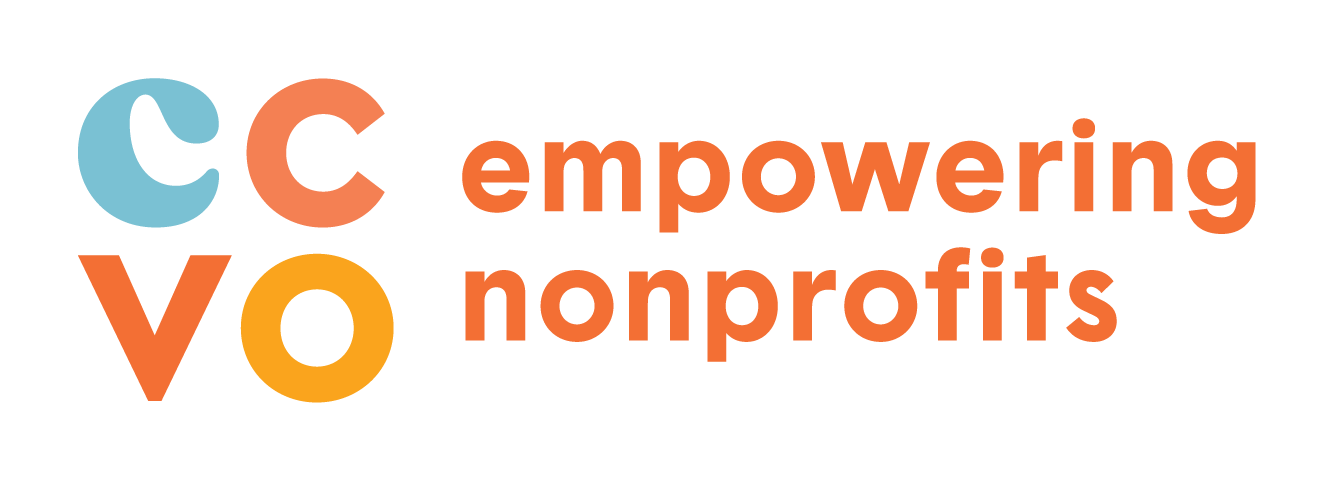5. An Empowered Sector: Increased Impact of Provincial Investments
Increase the impact of existing investments by improving processes and cutting red tape. In collaboration with Alberta nonprofits, conduct a review of current funding processes and develop a transparent investment model that includes nonprofit perspectives in funding decisions that impact them and the people they serve.
The pandemic revealed that in a crisis, it is crucial to be able to move quickly and nimbly. While nonprofits continued to provide essential services and make rapid changes as the world shifted, funding did not adapt to keep up. Funding mechanisms that put nonprofits closer to the decision-making processes will help make funding more responsive, impactful, and efficient.
Many current government funding models that determine the flow of funding to nonprofit organizations in Alberta are internally directed through administration in the Government of Alberta. This approach excludes the perspectives of those working in nonprofits, who are intimately connected with what is happening on the ground and are an important source of information and expertise.
Experts suggest that including nonprofit perspectives can lead to better outcomes, and better reflect the actual cost of running programs and services. For example, the Canadian Institute for Health Research CIHR “invites experts with various perspectives from the health research community (e.g., health researchers, health related professionals, policy makers, community leaders, patients and citizens, etc.) to become members of review committees”. These experts then make recommendations to CIHR staff and partners for final decisions to be made.[iv] Other examples of potential peer review models include:
“Lotteries: Random allocation of funding by lottery – either across all awards, or following initial triage to remove those which are not of sufficient quality for funding
Self-review: Review of applications by the applicant pool
Open peer review: More transparency in the peer review process – from sharing of reviewer identities to open publication of funding applications and accompanying review
Broadening participation/crowdsourcing: Involvement of different groups in the peer review process – from wider disciplines, through research users (e.g. patients, clinicians) to the general public, including ‘crowdsourcing’ approaches
Innovation prizes: Rather than awarding funding for research, offer prizes for answering a particular challenge or problem
Using new technology to enhance the funding review process: Using technology to support and improve the grant funding process, by facilitating peer review panel meetings, helping identify peer reviewers, and supporting the review of the quality and novelty of research.”[vi][viii]
75% of survey respondents would like to see changes to current provincial funding models and practices.
64% of respondents would like to see supports for innovation and the development of social enterprises.
“The current funding models require outcomes in a ten-to-twelve-month funding periods. Lives don’t change, people don’t heal in that time. Our clients need to know we WILL be here for them next year, and the year after as we launch them into the next phase of their journey.” Survey Respondent
“Our insurance costs, rental costs, and IT security costs have all gone up - but grants don't like to pay for these expenses. Yet, they are critical to us providing mental health supports, to dealing in the risk of providing these types of services to these types of populations and providing virtual options for service.” Survey Respondent

